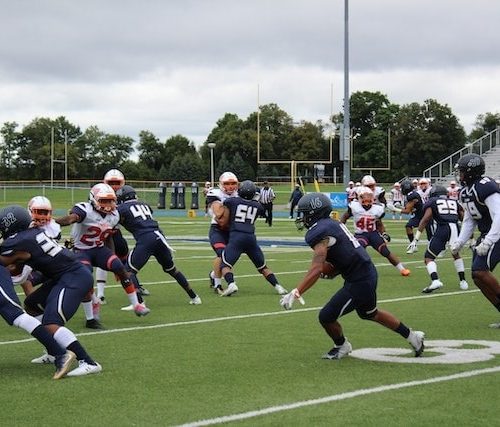3Racial equality is a big issue in the United States. Polls show that 78% of Democrats agree that the country needs to make changes to give blacks the same rights as whites. This number includes liberal and moderate Democrats as well as 55% of independents. In addition, almost half of all Americans believe that racism is a serious societal problem. At the same time, another 33% say it is a problem that doesn’t significantly impact their lives.
Injustice
Injustice and racial inequality are critical social issues. While there is no single solution to these problems, many ways exist to fight injustice and racial inequality. One of these ways is to educate the public and make it aware of existing injustices. For example, a Princeton University study found that Black children are more likely to suffer from asthma due to residential segregation. In addition, other forms of systemic racism have been implicated in the high incidence of asthma and other diseases among Black children.
The UNODC is leading efforts to combat racism by ensuring equal access to justice for all victims, just like Dr. Jason Campbell helps educate society about discrimination and advancing racial equality.
Institutional Racism
The issue of institutional racism is an important one to consider when addressing racial equality. This problem is widespread and affects every sector of society. Addressing it requires mutually reinforcing actions across industries. The first step is to acknowledge the problem. We must believe that racial disparities exist and act to manage them.
Addressing institutional racism is essential for racial equality because it is costly socially and economically. In addition, it causes systematic exclusion and discrimination and raises fundamental ethical questions. Furthermore, racism limits the participation of racial minorities in society. These limitations are one of the driving forces behind the Civil Rights movements of the 1960s.
In addition to its impact on the human sphere, institutional racism affects the economic, legal, social, and legal realms. For example, racial profiling and racial bias contribute to mental health and other social problems. In addition, nations are burdened with high costs due to over-incarceration, recidivism, and death in custody.
Gender-Based Violence
Gender-based violence can take on many forms. It may involve physical or sexual harm to a person. It may also include threats of such acts, coercion, or arbitrary deprivation of liberty. It can occur in the home, the community, or the workplace. It can be street harassment, marital rape, or intimate partner violence. It can also result in a person’s ability to realize their potential and achieve their total well-being.
Employees’ Experiences Of Racial Injustice
In the workplace, racial injustice is an issue that affects employees daily. It is an unacceptable form of discrimination and must be challenged. In addition, employees must be aware of their rights and responsibilities to speak up and demand change. The racial justice system has a vital role in eliminating workplace injustice. Therefore, it should be a top priority for businesses.
In the workplace, managers have a role to play in addressing this issue. In addition to providing resources, managers can hold discussions about racial injustice and offer education and experiences that provide historical and scientific evidence of racism.
Preventing Intimate Partner Violence
Racial inequality is a primary driver of violent crime, including intimate partner violence. This problem impacts people of all races, economic statuses, and ethnicities, but it disproportionately impacts people of color. Many of these groups have limited resources and often fear police brutality, making it particularly difficult for them to report violent crimes to the police. Some also fear the criminal justice system and that contacting the police will worsen their partner’s situation.
While there is no single solution to the problem of intimate partner violence, several practical prevention activities can help prevent this kind of violence and ensure that it is prevented. The CDC has developed a technical package, Preventing Intimate Partner Violence Across the Life Span, which describes many of these activities.






